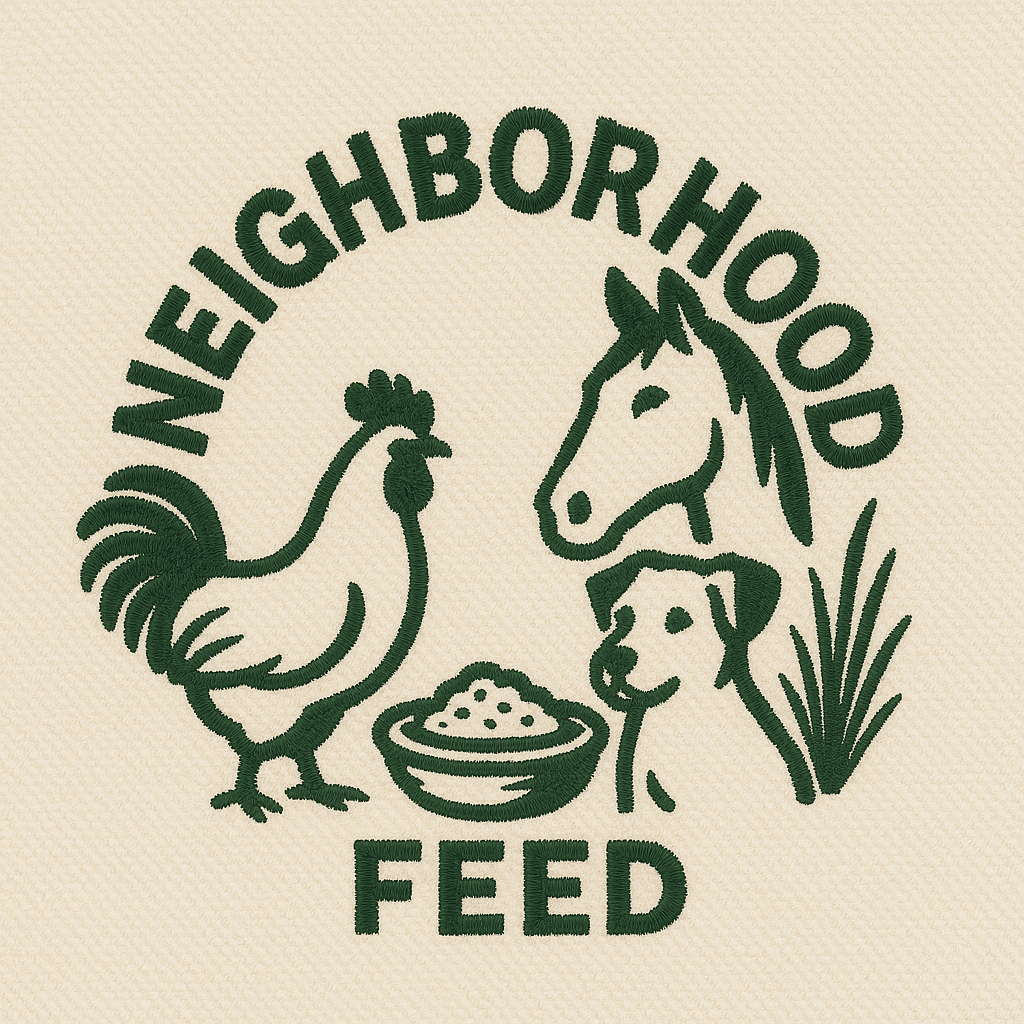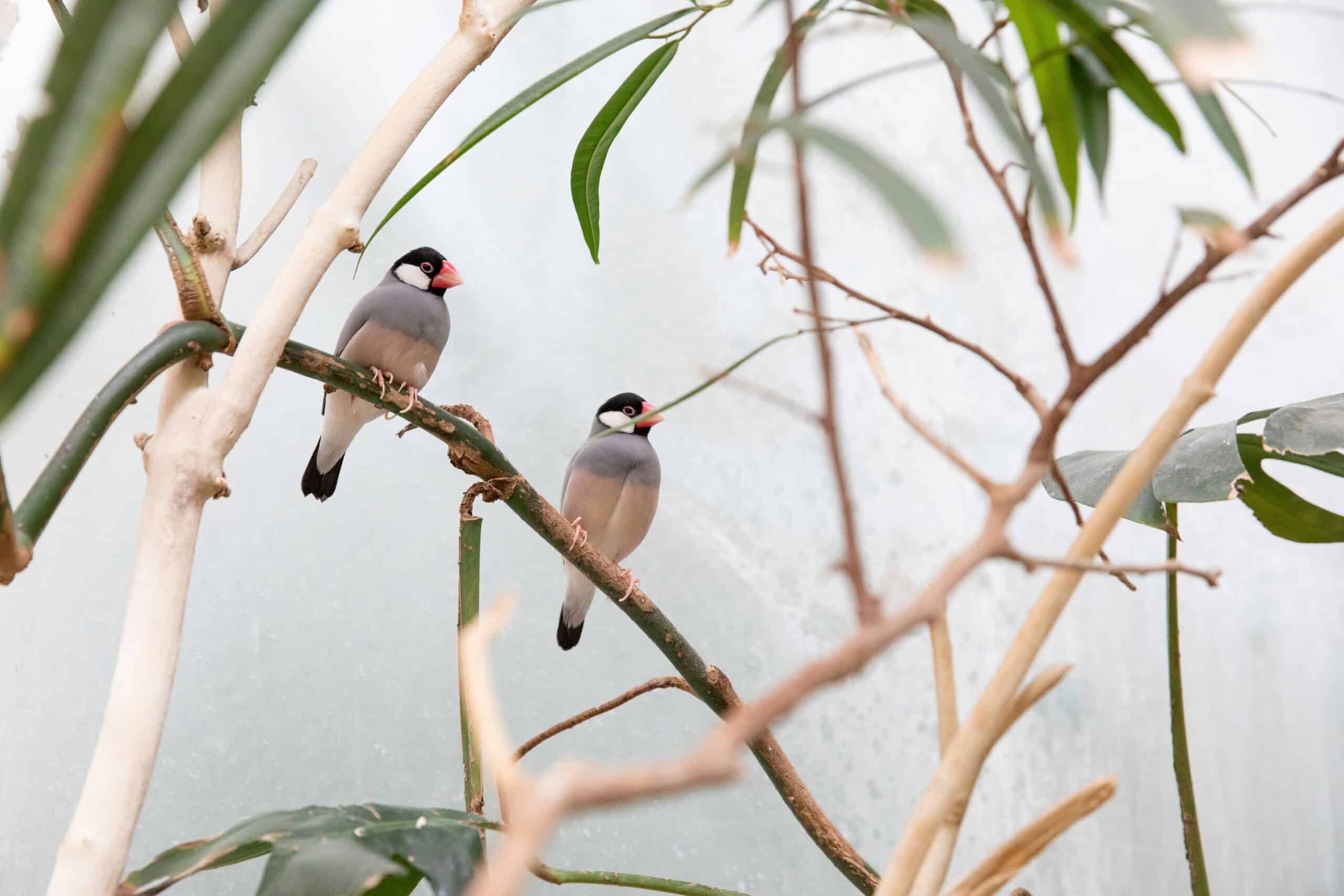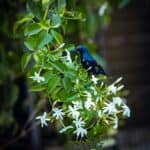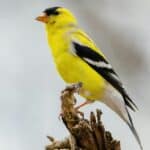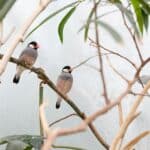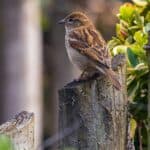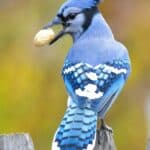Bird feeding is a wonderful hobby that brings nature closer to your home. It gives you a chance to observe birds up close and enjoy the beauty of wildlife in your own backyard. Whether you are new to bird feeding or a seasoned bird watcher, selecting the right bird feeder is an important step in creating a bird-friendly environment. In this post, we will guide you through everything you need to know to choose the perfect bird feeder for your yard.
Why the Right Bird Feeder Matters
The bird feeder you choose can have a big impact on the variety and number of birds that visit your yard. A well-chosen feeder not only attracts more birds but also provides them with a safe and healthy place to eat. When you invest time in selecting the right feeder, you are also investing in a better experience for your local wildlife.
For many bird enthusiasts, the feeder becomes the centerpiece of a backyard wildlife sanctuary. It can encourage birds to visit more frequently, giving you a front-row seat to their daily activities. A feeder that is designed for the specific needs of your local bird species can help improve their survival and well-being, especially during harsh weather conditions. Moreover, watching birds feed can be a calming and educational experience, making your outdoor space more enjoyable.
Key Factors to Consider Before Buying a Feeder
Bird Species
Begin by thinking about the types of birds you want to attract. Different bird species have different feeding habits. For example, small songbirds like finches and chickadees may prefer a tube feeder with small openings, while larger birds might be more comfortable with an open platform feeder. Knowing your local bird population can guide you in selecting a feeder that meets their needs.
Location
The location where you place your feeder is crucial. A good spot is visible from your home but also safe for the birds. Look for areas that are not too close to windows, as birds can fly into glass and injure themselves. A spot that is sheltered from harsh weather and predators is ideal. Think about the natural cover provided by trees or shrubs, which can give birds a sense of security while they feed.
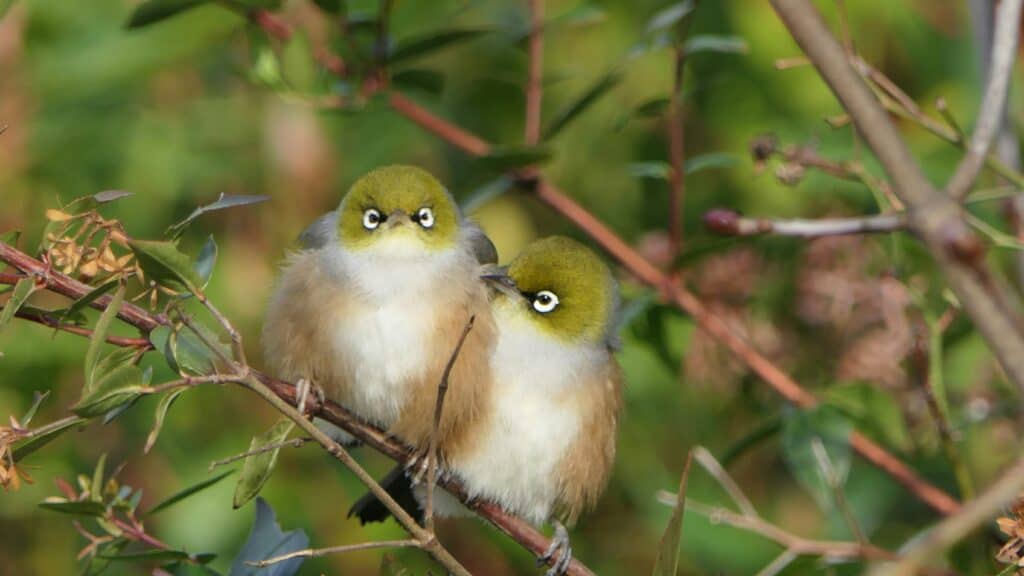
Material and Durability
Bird feeders come in a variety of materials such as wood, plastic, and metal. Each material has its advantages and disadvantages. Wood feeders offer a natural look, but they may require more maintenance over time.
Plastic feeders are lightweight and often easier to clean, yet they might not be as durable in extreme weather. Metal feeders are strong and long-lasting but can become very hot in the sun. Consider the local climate and how much wear and tear your feeder might experience before making a choice.
Maintenance
Regular cleaning is important for preventing the spread of diseases among birds. Some feeders have designs that make them easier to disassemble and clean. When you are shopping for a feeder, look for models that are user-friendly in this regard. A feeder that is simple to clean can save you time and effort, ensuring that your bird visitors always have a fresh place to dine.
Budget
Your budget is another key factor to consider. Bird feeders are available in a wide price range. While you do not need to spend a fortune, sometimes investing a bit more upfront can save you money in the long run by providing a more durable, low-maintenance option. Compare the features and longevity of different feeders to find the best balance between cost and quality.
Overview of Different Types of Bird Feeders
Platform Feeders
Platform feeders have an open, flat design that makes them very versatile. They are suitable for many different bird species, as they provide ample space for birds of all sizes. Because they are open, you can easily fill them with a variety of seeds, fruits, or even nuts. One downside is that their open design may also attract unwanted visitors such as squirrels or larger birds that might dominate the feeder.
Tube Feeders
Tube feeders are long, cylindrical containers with small feeding ports. They are ideal for small birds because the small openings restrict access to larger birds. This design helps ensure that only the intended visitors, like finches or chickadees, get to the food. Tube feeders often have a more controlled flow of seeds, which can help reduce waste. However, they may not be the best option if you want to attract a wider variety of bird sizes.
Hopper Feeders
Hopper feeders feature a top container that holds a large amount of seed, which gradually flows down to a feeding tray. This design works well in rainy weather because it protects the seeds from getting wet. Hopper feeders attract many different species and are a great all-rounder option. On the flip side, they might need more frequent cleaning due to the accumulation of wet or sticky seeds.
Suet Feeders
Suet feeders are specifically designed for suet cakes or blocks, a high-energy food especially popular in colder months. These feeders attract insect-eaters such as woodpeckers, nuthatches, and even some small songbirds. Suet is an excellent food source during winter, providing the necessary energy to help birds stay warm. However, suet feeders can be a bit messy and require regular replacement of the suet to ensure freshness.
Nectar Feeders
Nectar feeders are a must-have if you want to attract hummingbirds. These feeders hold a sugar water solution that mimics natural nectar. They are usually designed with bright colors to catch the eye of hummingbirds. Because nectar can ferment or spoil, these feeders need to be cleaned very often. They are a specialized type of feeder, but they offer a unique opportunity to observe hummingbirds up close.
Pros and Cons of Each Type
Each type of feeder has its benefits and drawbacks. Platform feeders are versatile and can hold various foods but may attract unwanted visitors. Tube feeders work well for small birds but limit access for larger species. Hopper feeders protect seeds from the weather but might be more difficult to clean. Suet and nectar feeders are great for specific bird types but require extra maintenance. Your choice should depend on the types of birds in your area and your willingness to invest time in maintenance.
Matching Feeders with Bird Species
Different bird species have unique feeding habits. Understanding these habits can help you choose a feeder that attracts the right birds. For example, small songbirds such as finches, chickadees, and sparrows usually prefer tube feeders. The small openings keep larger, more aggressive birds from taking over. Meanwhile, robins and jays might be more comfortable with the open space provided by platform feeders.
For insect-eating birds like woodpeckers and nuthatches, a suet feeder is often the best option. Suet is rich in energy and helps these birds survive the cold winter months. On the other hand, hummingbirds are drawn to nectar feeders because they provide the sugar water they need. By matching your feeder choice to the feeding habits of the birds in your area, you can create a more effective and satisfying feeding station.
It is also helpful to observe the birds in your yard before making a final decision. Spend some time watching their behavior and note which species are most active. This simple observation can provide clues about which feeder will work best for your backyard. Adjusting your choice based on local bird preferences can lead to a more vibrant and diverse bird community.
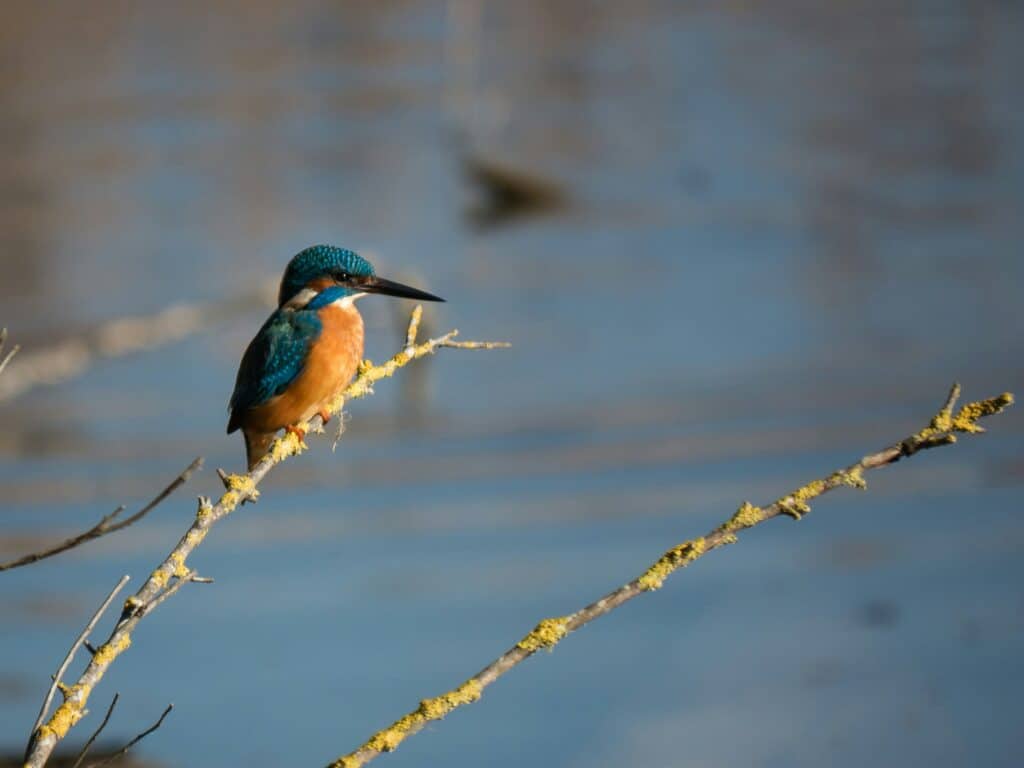
Feeder Placement and Safety Tips
Choosing the right location for your feeder is as important as choosing the feeder itself. A well-placed feeder not only makes it easier for you to enjoy bird watching but also keeps the birds safe. Start by placing the feeder in an area that is visible from your home. This will allow you to watch the birds without disturbing them.
However, it is important to keep the feeder at a safe distance from windows. Birds may not see the glass and can accidentally fly into it, causing injury. Experts suggest placing feeders at least 10 feet away from windows. In addition, consider using window decals to help birds recognize the glass as a barrier.
Think about the natural cover around your yard. Placing feeders near trees or shrubs can provide birds with a sense of security while they feed. Yet, be careful not to place feeders too close to dense foliage, as this can invite predators like cats. A good rule of thumb is to position your feeder in an open area with a few nearby perches, such as tree branches or fence posts, where birds can quickly escape if needed.
If predators are a concern, consider using feeders that come with built-in predator guards. These guards are designed to make it harder for cats or other animals to access the food. Some bird enthusiasts also recommend hanging feeders from poles or using mounting systems that keep the feeder out of reach of ground-based predators.
Maintaining and Cleaning Your Bird Feeder
Keeping your bird feeder clean is one of the most important parts of maintaining a healthy feeding station. Dirty feeders can become a breeding ground for bacteria, mold, and other harmful substances that can affect the health of your bird visitors. A regular cleaning routine will help prevent the spread of diseases and keep your feeder looking its best.
Start by emptying the feeder of any old seeds or debris. Many feeders are designed to be easily disassembled so that every part can be reached and cleaned. Use warm, soapy water and a brush to scrub all surfaces. For feeders made of metal or plastic, pay attention to any nooks and crannies where dirt might build up. Rinse everything thoroughly to remove any soap residue.
Set up a cleaning schedule that works for you. During the warmer months, when seeds spoil more quickly, you might need to clean your feeder every week or two. In the winter, you may be able to space out the cleanings a bit more, but it is still a good idea to check your feeder regularly. By keeping your feeder clean, you create a safe dining area for the birds and extend the life of the feeder.
Additional Tips and Best Practices
There are several extra tips that can help you get the most out of your bird feeding experience. One tip is to adjust your feeding habits with the changing seasons. In the winter, birds need more energy to stay warm, so keeping a steady supply of food is important. During the spring and summer, birds are busy raising their young, and their feeding needs can change. Keep an eye on bird behavior and adjust the type and amount of food accordingly.
Another tip is to minimize seed waste. Some feeders are designed to reduce spillage, which not only saves you money but also keeps your yard cleaner. If you notice that a lot of seeds are falling to the ground, consider switching to a feeder with a built-in tray or enclosure. This can help keep the area tidy and reduce the attraction of pests such as rodents.
Regular maintenance is also key. Over time, feeders can become worn or damaged. Inspect your feeder periodically for any signs of wear and tear. Replace any parts that are broken or unsafe for the birds. Investing in a high-quality feeder now can save you time and money later by reducing the need for frequent repairs or replacements.
Finally, consider adding a water source nearby. Birds not only need food, but they also need water for drinking and bathing. A small birdbath or water dish placed near your feeder can enhance your backyard wildlife experience. It can attract even more birds and provide them with an essential resource, especially during hot summer months.
Don’t forget to check out our other posts for more tips and insights on creating a bird-friendly yard:
